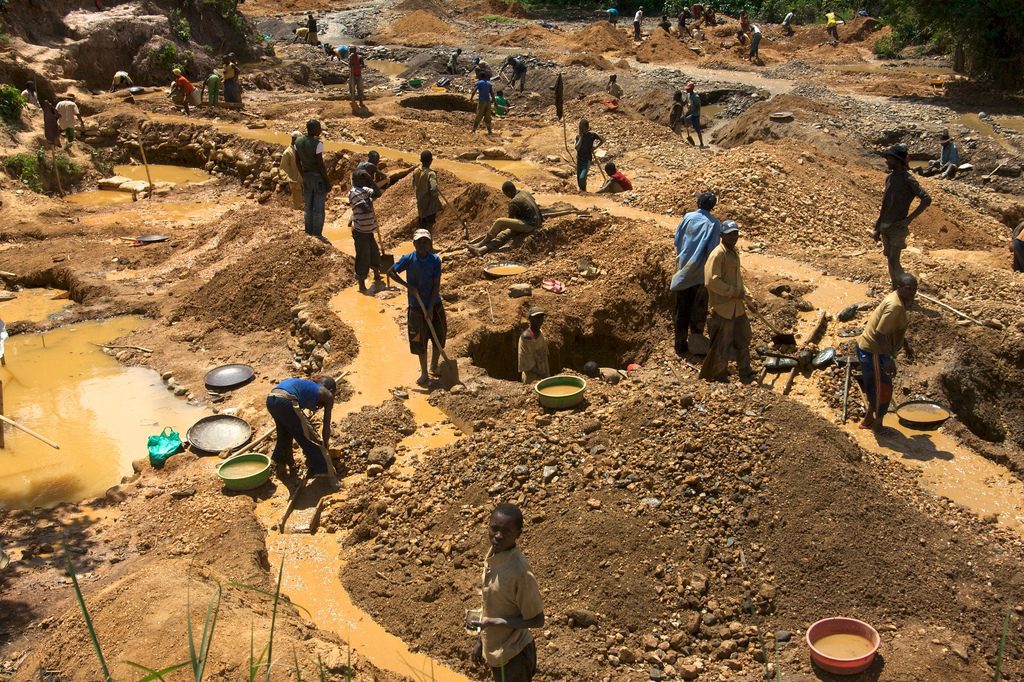‘Most small-scale miners not registered’
EIGHTY-four percent of small and artisanal miners are not registered, their representative body has disclosed, which calls for efforts to formalise the operations in order to reduce the incidence of leakages.
Zimbabwe Miners Federation (ZMF) chief executive Wellington Takavarasha, told a webinar on the status of the gold mining sector that only 16 percent of small or artisanal miners were formerly registered. This scenario means the Government is not deriving optimum benefits from the “illegal activities” of small and artisanal miners, as most are not registered and have no identity.
There are 1,5 million small and artisanal miners in Zimbabwe, but only a tiny fraction runs registered or formalised operations. It is believed that Zimbabwe loses hundreds of millions of United States dollars each year through the smuggling of gold.
Zimbabwe produced 21,44 tonnes of gold in 2016, 24,44t in 2017, 33,89t in 2018, 27,589t in 2019, and 19,05t last year lack of formalisation played seriously affected production and deliveries from small and artisanal miners in 2020.
These included lack of sophisticated equipment, working capital and Covid-19 restrictions, among others. At its height, Zimbabwe produced about 29 tonnes back in 1999. The small and artisanal miners sectors accounts for an average of 60 percent, since 2017, of the total annual gold deliveries to Fidelity Printers and Refineries (FPR).
The miners contribution plunged to as low as 982 kilogrammes when the Government launched blitz to stop the “illegal” mining activities.
“What is it that we are talking about when we are talking about formalisation?
“There are two things that we need to talk about when we are talking about formalisation.
“Does someone have a licence? You are formalised when you have a licence, whether you have money to pay for the claim or not. The other part, which is the broader part where we are saying let us identify the areas; hot pots or remote places in the country and actually be able to; who are these artisanal miners; what resource is there?
“We then define that particular area and the technical people can then come up with empirical evidence of that area so the Government can benefit,” Mr Takavarasha said.
Gold is one of Zimbabwe’s single largest export earners, accounting for about 30 percent of annual foreign currency earnings.
The ZMF CEO said formalisation of small and artisanal mining could bring significant benefits to the Government and Zimbabwe must borrow from what has been done in Tanzania, Uganda and Kenya.
Mr Takavarasha said there was need for the Government to come up with licences that are tailor-made for small-scale and artisanal miners while specific areas should be reserved for such miners.-herald.cl.zw










